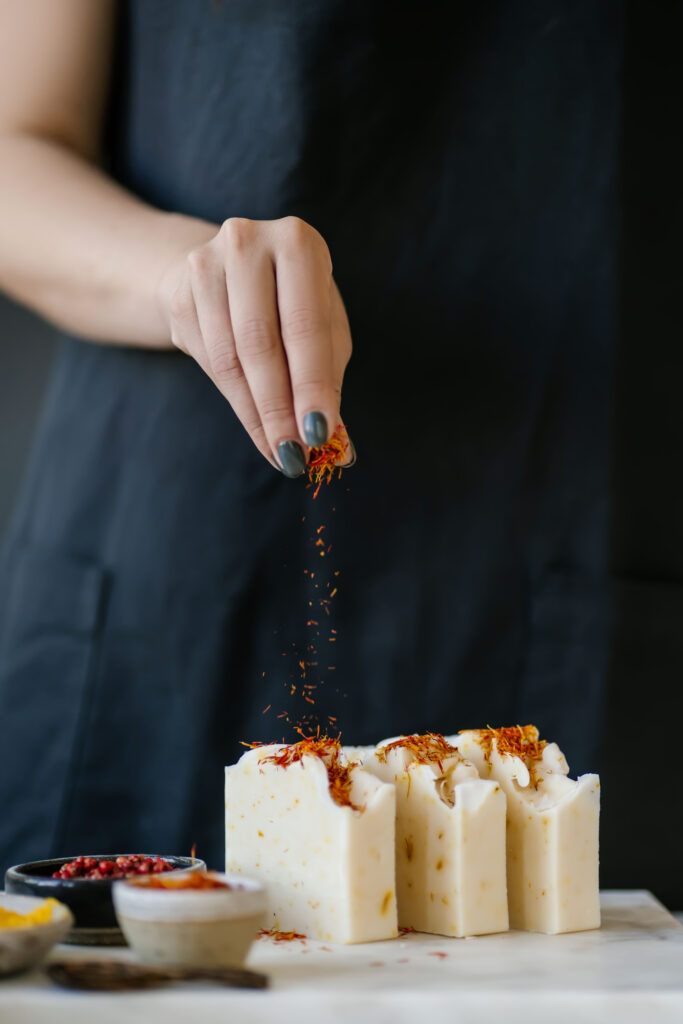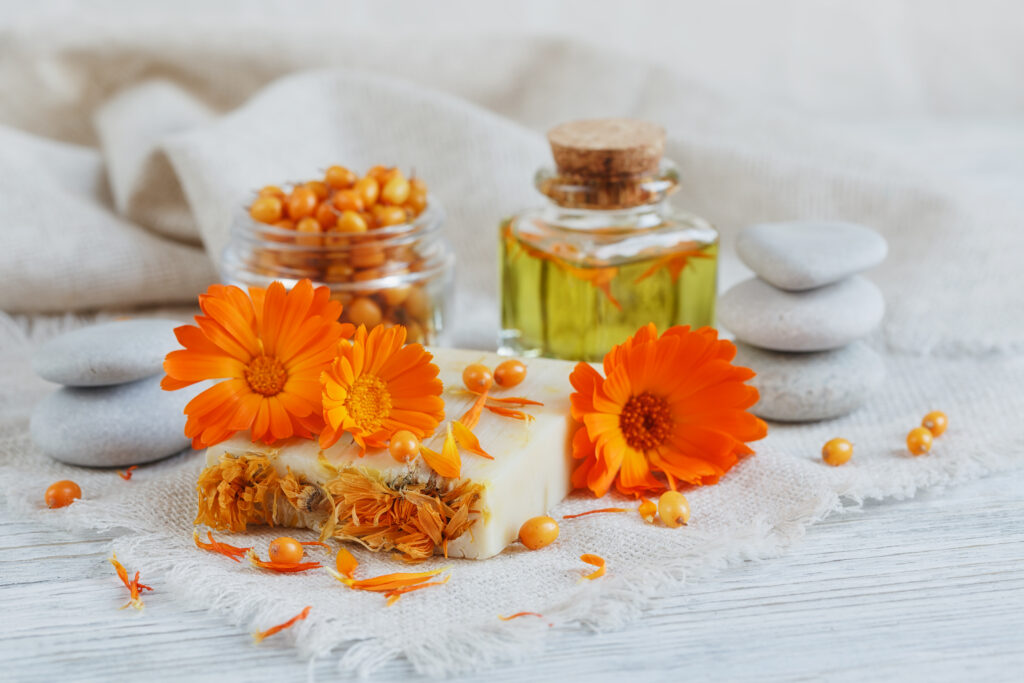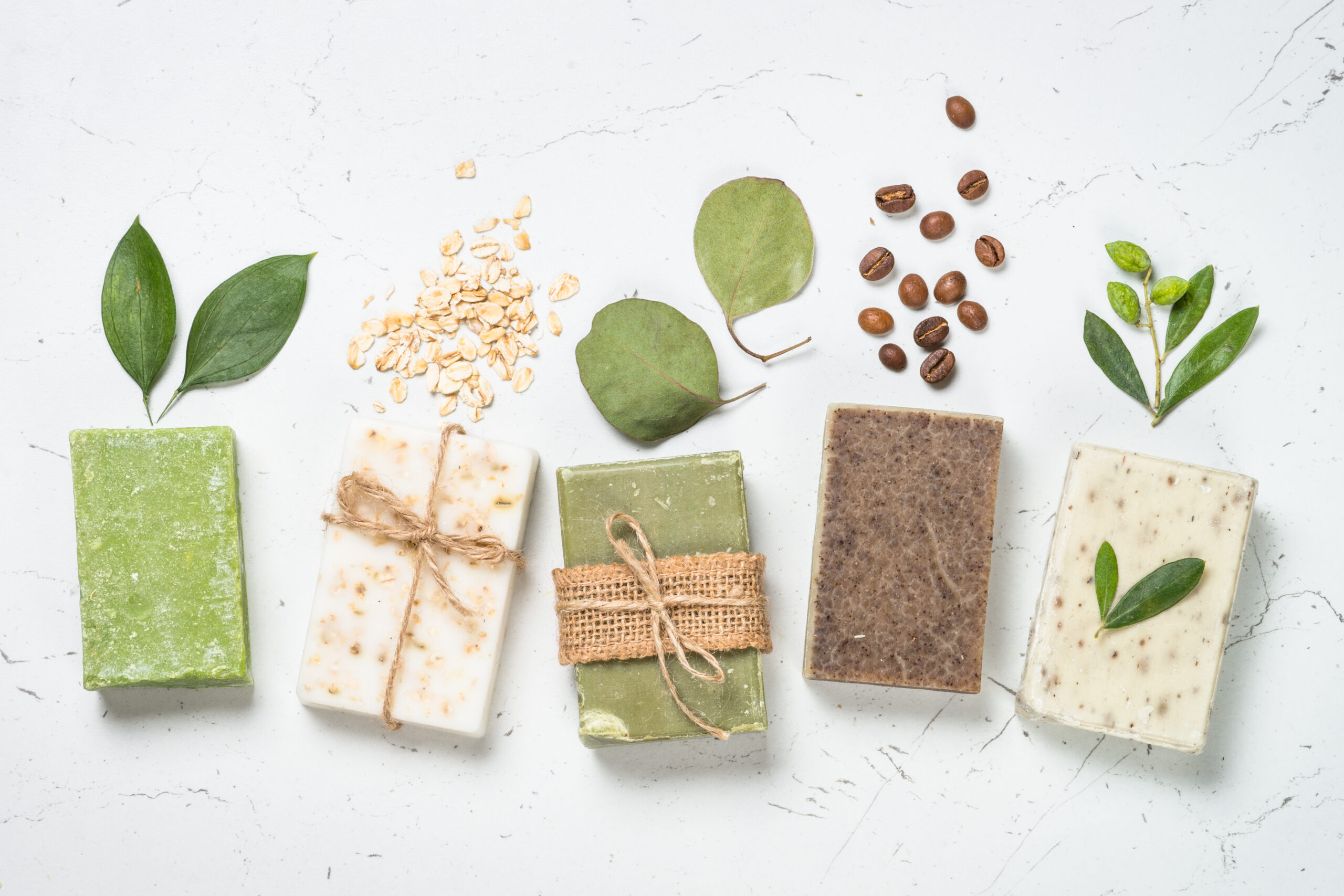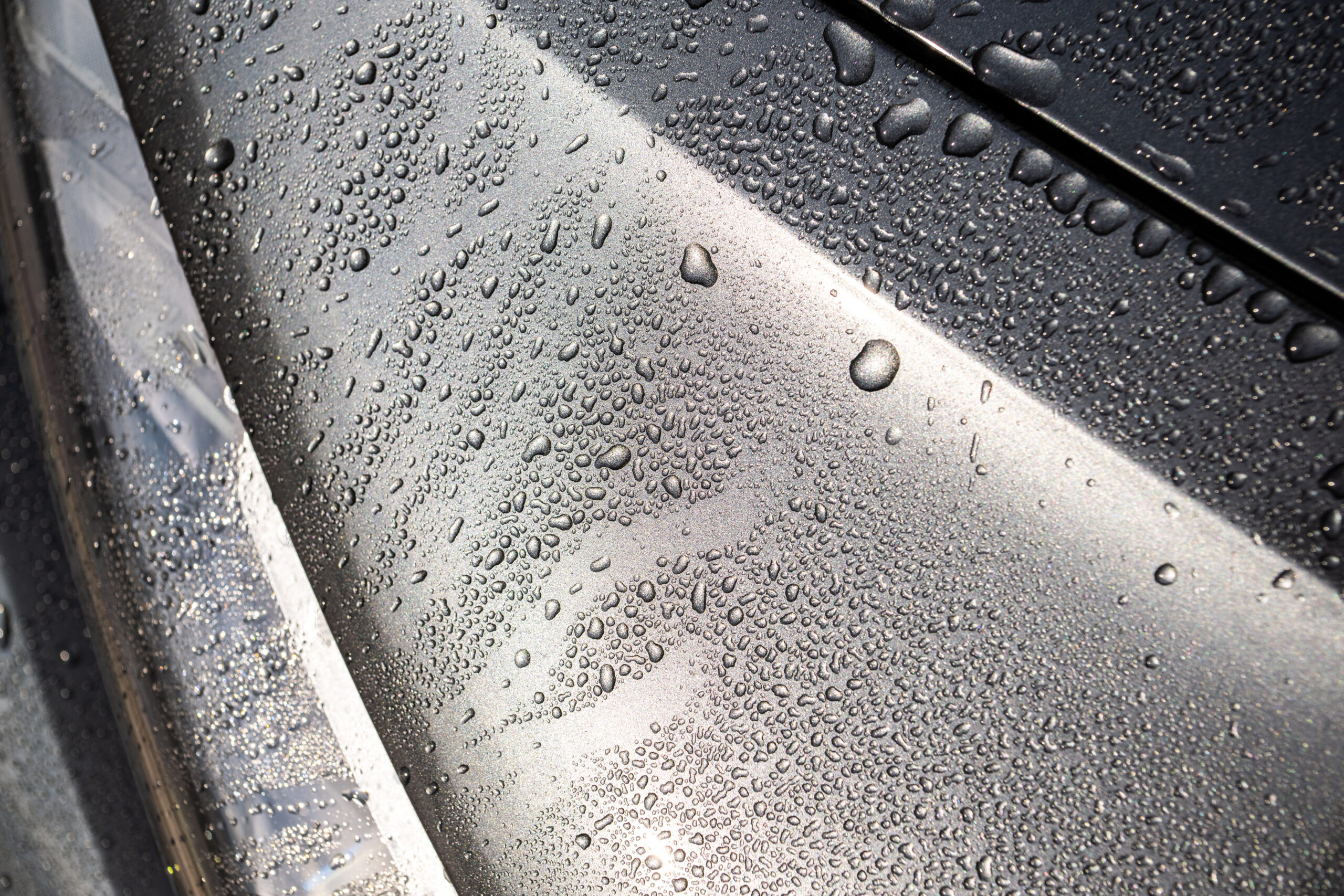Soap making may seem extremely difficult or even impossible if you’ve never done it before, but it’s straightforward and gratifying once you get the hang of it. You can use soap in your own home and your business, and there are plenty of different soap recipes out there to try that don’t require any unique ingredients or hard-to-find equipment. Soapmaking might be the perfect weekend activity to get into with friends and family, or you can sell your soaps at craft fairs and online sites to make extra money from home.
History of Soap Making

Soap has been around for many years, with the first recorded soap-like substance dating back to 2800 BC. Ancient Babylonians are credited with creating the first soap from animal fats and ashes. Soapmaking spread throughout the world, with different cultures adding their twists. For example, the Romans added fragrance and colors, while the Persians added to milk and herbs.
Medieval Europeans used lye or potash to make soap. During this time, the color and fragrance of a bar depended on what type of wood or plant matter was burned as fuel in the cooking process. In 1837, William Procter and James Gamble introduced a new way to produce bars of soap by boiling animal fat instead of rendering it down over an open fire. The glycerin produced during this process became a key ingredient in skin creams because it helped retain moisture.
Essential Ingredients
If you’re interested in making your soap, there are a few essential ingredients you’ll need: water, oils, lye, and fragrance or essential oils. Each of these elements has a crucial role in the soapmaking process.
The first is water, which helps create a lather when mixed with other ingredients. The second is oil – this can be animal fat (such as grease) or plant fats (such as olive oil). It provides moisturizing properties for the skin. Lye reacts with both fats and oils to produce soap.
Additives such as fragrances and essential oils are optional but will add scent or other benefits to your final product.

How To Make A Homemade Soap – Step-By-Step Guide
Homemade soap is an excellent way to save money and get exactly the kind of soap you want. And it’s not nearly as difficult to make as you might think! With this step-by-step guide, anyone can make their soap at home.
1. The process starts with a lovely thick vegetable or coconut oil base. I like to use a base of about 20% liquid and 80% solid oils for my soaps, but this ratio can be adjusted depending on your desired consistency.
2. You’ll also need water and lye (sodium hydroxide). Blend the lye into the water until it dissolves completely. Add the lye mixture to the oils and stir slowly using a stick blender until all ingredients are thoroughly mixed. Pour mixture into molds lined with wax paper, leaving space at the top for when the soap will expand during saponification.
3. Cover molds with aluminum foil or plastic wrap and allow the soap to set in a cool place overnight. 4. After 24 hours, remove from molds and cut into bars with a clean knife.
5. Enjoy your new homemade soap!








